China will aim to cut its greenhouse gas emissions per unit of gross domestic product by 60-65% from 2005 levels under a plan submitted to the United Nations ahead of crucial climate change talks in Paris later this year.
The pledge has been eagerly awaited as the country is the world’s largest carbon emitter.
China said it would increase the share of non-fossil fuels as part of its primary energy consumption to about 20% by 2030, and peak emissions by around the same point, though it would “work hard” to do so earlier.
The figures are contained in a document submitted to the United Nations ahead of the next round of UN climate talks in Paris. All countries are expected to submit their national pledges to reduce carbon emissions beyond 2020, also known as Intended Nationally Determined Contributions (INDC).
China plans to increase its installed capacity of wind power to 200GW and solar power to around 100 gigawatts (GW), up from 95.81GW and 28GW today, respectively. It will also increase its use of natural gas which is expected to make up more than 10% of its primary energy consumption by 2020.
According to estimates by E3G, a European-based environmental thinktank, China’s plan will see it install as much low-carbon energy as the entire US electricity system capacity to date.
China’s pledge largely reflects commitments it made in November last year as part of an agreement struck with the US.
Li Shuo, senior climate and energy policy officer with Greenpeace, said he believes the figures announced are floor figures and that China is definitely capable of over-achieving.
He said it reflects the actions that are being taken domestically as China attempts to reduce its toxic levels of air pollution that are a result of its rapid coal-based economic growth. China’s premier Li Keqiang has previously “declared war” on pollution, describing it as a “blight” on people’s quality of life.
Coal consumption still accounts for around 66% of China’s energy consumption. Last year, China’s cabinet announced a plan to cap coal consumption by 2020 at a level of 4.2bn tonnes and for coal to make up no more than 62% of the primary energy mix by the same year.
Changhua Wu, China director of the Climate Group said China’s INDC is a “positive boost” to the international climate change process. “China’s effort to align its domestic growth agenda and global climate change agenda is a leading example of how a fundamental shift is needed to grow the economy differently,” she said.
In its document submitted to the UN, China said the outcomes of the negotiations in Paris “should take into account differentiated historical responsibilities”, a reference to the fact developed countries have put more carbon into the atmosphere over time than developing countries.
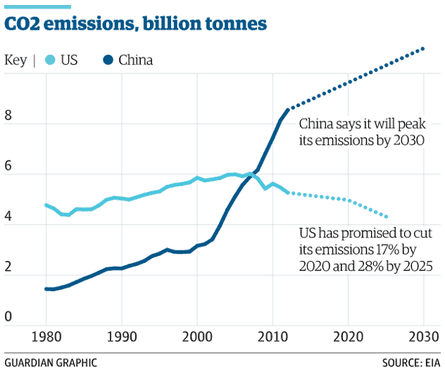
However, according to the Climate Group, due to China’s massive economic development and taking into account emissions from 1990 to now, the country has almost caught up with the US’s total historical emissions.
China’s pledge is expected to give an important boost to efforts to reach a global deal on reducing emissions beyond 2020 in Paris, which UN secretary general Ban Ki-moon warned on Monday were moving at a snail’s pace.
Mohamed Adow, Christian Aid’s senior climate change adviser, said China’s pledge is a “huge step”. Ahead of the talks in Copenhagen in 2009, China and the US were criticised for holding back progress, and “now China is leading the way. It shows that China is starting to do its bit. This is a new era for climate politics,” said Adow.
However, it is not likely that the pledges that have been submitted, including China’s, are sufficient to keep global temperatures rises below the internationally-agreed target of 2C, according to Li Shuo.
“We think the collective ambition of what has been putting on the table, in particular major emitters (EU, China, US) are not sufficient to help us maintain below 2C,” said Li. “Now it is the task of the political process all the way to Paris to ensure we have a robust agreement by the end of this year to enhance action further.”
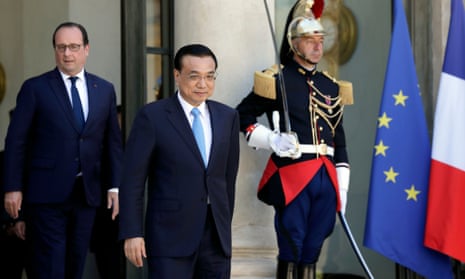

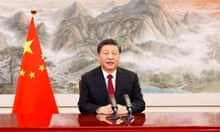



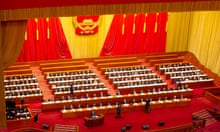

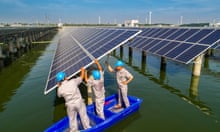
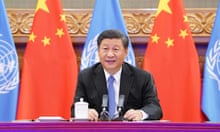

Comments (…)
Sign in or create your Guardian account to join the discussion